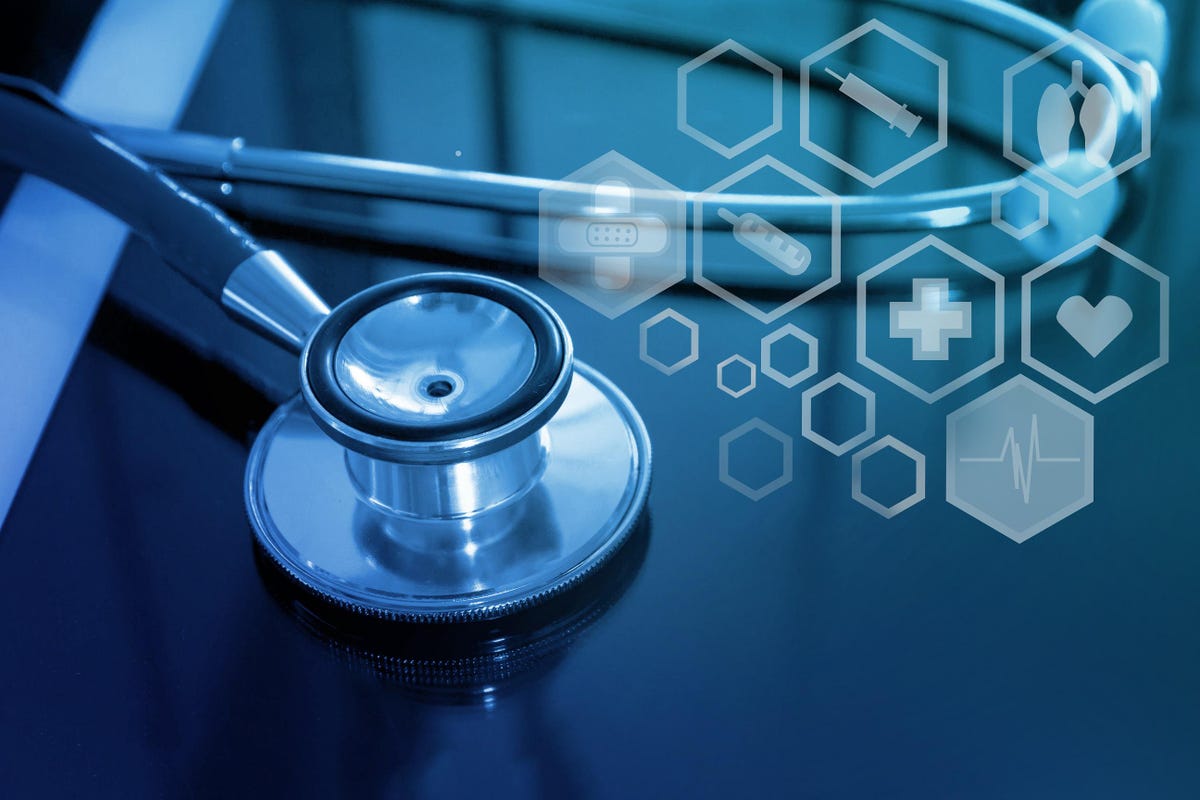Mobile technology has revolutionized the healthcare industry by bridging the gap between healthcare providers and patients. The use of mobile technology has improved communication, increased access to medical information, and provided patients with better experiences. Here are ten ways to bridge the gap between healthcare providers and patients through mobile technology.
Read more about Tech
-
Mobile apps
Mobile apps have revolutionized the healthcare industry by providing patients with easy access to medical information, appointment scheduling, and medication reminders. Mobile apps can also help healthcare providers to monitor patient progress remotely and make necessary interventions if needed. With the use of mobile apps, patients can track their health progress and communicate with their healthcare providers in real time.
-
Messaging systems
Messaging systems are another way that mobile technology can bridge the gap between healthcare providers and patients. Healthcare providers can use messaging systems to communicate with patients, answer questions, and provide advice. Messaging systems can also be used to send reminders about appointments and medication schedules, reducing the risk of missed appointments and medication errors.
-
Telemedicine
Telemedicine is the use of telecommunication and information technologies to provide clinical health care from a distance. With telemedicine, healthcare providers can diagnose, treat and monitor patients remotely. Patients can access medical care from the comfort of their homes, reducing the need for travel and wait times. Telemedicine is particularly useful in rural areas where access to medical care is limited.
-
Electronic health records (EHRs)
Electronic health records (EHRs) are digital records of a patient’s medical history, including diagnoses, medications, and treatment plans. With EHRs, healthcare providers can access patient information from any location, making it easier to make informed decisions about patient care. EHRs can also be used to track patient progress over time, monitor medication usage, and identify potential drug interactions.
-
Wearable technology
Wearable technology, such as fitness trackers and smartwatches, can help patients to monitor their health and communicate with their healthcare providers. Wearable technology can track a patient’s physical activity, heart rate, and other vital signs, providing healthcare providers with important information about a patient’s health. Patients can also use wearable technology to communicate with their healthcare providers and receive real-time advice.
Sign up for the Connect Nigeria daily newsletter
-
Patient portals
Patient portals are secure websites that allow patients to access their medical records and communicate with their healthcare providers. Patient portals can be used to schedule appointments, request prescription refills, and ask questions about medical conditions. Patients can also use patient portals to access educational materials about their health conditions and treatment plans.
-
Remote monitoring
Remote monitoring is the use of technology to monitor patient health remotely. Remote monitoring can be used to monitor a patient’s vital signs, such as blood pressure, heart rate, and oxygen levels, and alert healthcare providers if there are any changes. Remote monitoring can be particularly useful for patients with chronic conditions who require ongoing care and monitoring.
-
Video conferencing
Video conferencing is a way to connect healthcare providers with patients through video calls. Video conferencing can be used for consultations, follow-up appointments, and even emergency care. Patients can access medical care from the comfort of their homes, reducing the need for travel and wait times. Video conferencing is particularly useful for patients who have mobility issues or live in remote areas.
-
Health Coaching
Health coaching is a way to provide patients with personalized advice and support for their health and wellness goals. Health coaching can be done through mobile apps, messaging systems, or video conferencing. Patients can receive guidance on healthy eating, physical activity, and stress management, and providers can monitor progress and provide feedback.
-
Social media
Social media can be used to connect patients with healthcare providers and provide education about medical conditions and treatment options. Healthcare providers can use social media to share health tips, promote healthy behaviours, and communicate with patients. Social media can also be used to promote health campaigns and raise awareness about important health issues.
Closing Thoughts
Mobile technology has the potential to bridge the gap between healthcare providers and patients, improving access to care and communication. By using mobile apps, messaging systems, telemedicine, electronic health records, wearable technology, patient portals, remote monitoring, video conferencing, health coaching, and social media, healthcare providers can provide patients with personalized and effective care. The use of mobile technology is rapidly growing and has the potential to revolutionize the way healthcare is delivered in the future.
Featured Image Source:
Got a suggestion? Contact us: [email protected]


